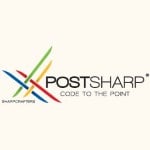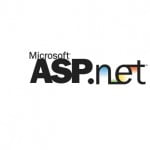.NET
Documentation regarding TAP – Task-based Asynchronous Pattern
Last week we saw the TAP – Task-based Asynchronous Pattern, which is the recommended new approach for asynchronous programming in the Microsoft .NET Framework. This week I want to show you some sophisticated MSDN topics about asynchronous programming in general and the TAP in particular.
Custom Partitioners for PLINQ and TPL – Learn:
- How data is divided into partitions or chunks when using PLINQ (Parallel LINQ).
- What static and load balancing partitioners are and how to configure them.
- How to implement custom partitioners for advanced parallel scenarios.
- …
- What TaskSchedulers are and how they relate to the ThreadPool.
- What nested and child tasks are.
- What global and local queues are and how tasks are assigned to them.
- How advantages of data locality are used by local queues.
- How to bypass the ThreadPool for long-running tasks.
- …
Lambda Expressions in PLINQ and TPL – Learn:
- How Lambda expressions are used in PLINQ and the TPL.
- The role of the Func delegate and the Action delegate.
- How to use the delegates to pass in your custom program logic to parallel operations.
- …
Enjoy the MSDN!
| Reference: | MSDN Dive – Week 39 from our NCG partner Robin Sedlaczek at the Robin Sedlaczek’s Blog blog. |




